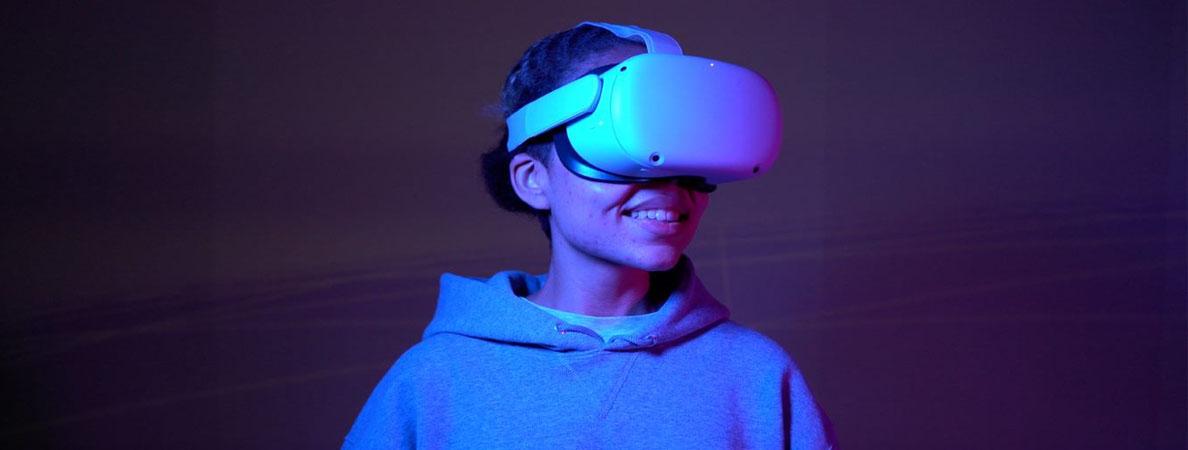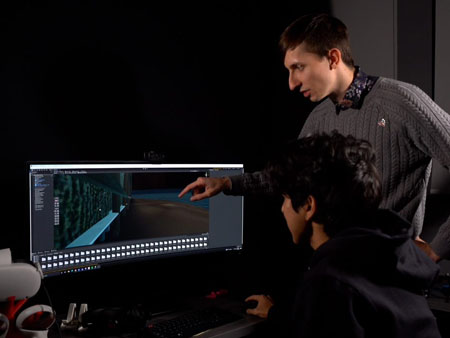
When people think about video game development, they often think of the coding or art creation that goes into making a game. While a game couldn’t be made without those roles, there is another role that connects the art and development sides and guides the project as the game is created – this is the role of the game designer.
Game designers provide structure to a game, communicating between departments and making sure the individual pieces of a project come together to form a working video game when it’s time to publish. “For us, it’s the communication skills that matter,” said Lisa Funnell, Associate Dean of Creative Industries at Mohawk College and one of the creators of the Game - Design program at Mohawk College. “We are not a coding program. We’ll teach you some of the language so you can effectively communicate with coders, but we see the design role as that of an architect. An architect needs to know enough about plumbing and electricity in order to make a legible design, but they’re not the ones who are doing the electrical work and the plumbing, they just need to know how it works.”
Much of the work that goes into the various design choices which are made when creating a game are done by game designers. “In our program, one half of design is traditional game studies – game rules, level design, game mechanics, the traditional things when you look at games,” said Raphaël Tétreault, a professor in the Game Design program at Mohawk. “The other half that’s very important to design are things that are agnostic to specific fields. There’s an ‘introductory course to design thinking’ which is all about the process. What is the design process, what do you do, how do you go through it?”
 According to Lisa, the most important trait for a game designer is curiosity. “The ability to be curious, the willingness to think through different ideas from different perspectives, and to have the courage to make mistakes is key to game design,” she said. “Design thinking is really about experimentation and application, seeing what works in the moment - and if it doesn’t work in the moment, pivoting and shifting gears. It’s okay to make mistakes, not everything you create is going to be good on the first try and you need to be ready to take critique and pivot on the spot.”
According to Lisa, the most important trait for a game designer is curiosity. “The ability to be curious, the willingness to think through different ideas from different perspectives, and to have the courage to make mistakes is key to game design,” she said. “Design thinking is really about experimentation and application, seeing what works in the moment - and if it doesn’t work in the moment, pivoting and shifting gears. It’s okay to make mistakes, not everything you create is going to be good on the first try and you need to be ready to take critique and pivot on the spot.”
While many game designers spend their time working on AAA games (big budget games from well-established development studios), or Indie games, there are other ways game design skills can be used. “A ton of the projects I’ve worked on are where I am building a game, but that game has a very specific purpose,” said Raphaël. “That’s been an interesting subset of games for me because you have all the great things from game design in there, but then there’s also an added emphasis on people, on psychology, how you frame things to be engaging. It’s not making a game to make money, it’s about ‘how can we enrich people’s lives.’”
Lisa and Raphael have poured their passion into creating the Game - Design program at Mohawk, and Lisa is excited for the opportunities they will be able to offer students in the program. “If you want to be a AAA game designer, we’re your program. If you want to work on different forms and applications of this skillset in finance or healthcare or whatever field, there are so many options for you in this program, and the potential is just incredibly exciting,” she said.
The most important aspect of game design is remembering why we make video games in the first place. “A lot of the emphasis in games has traditionally been engaging people,” said Raphaël. “Sometimes it's about getting them to think about something, or helping them destress. At the end of the day, it’s about people.”




